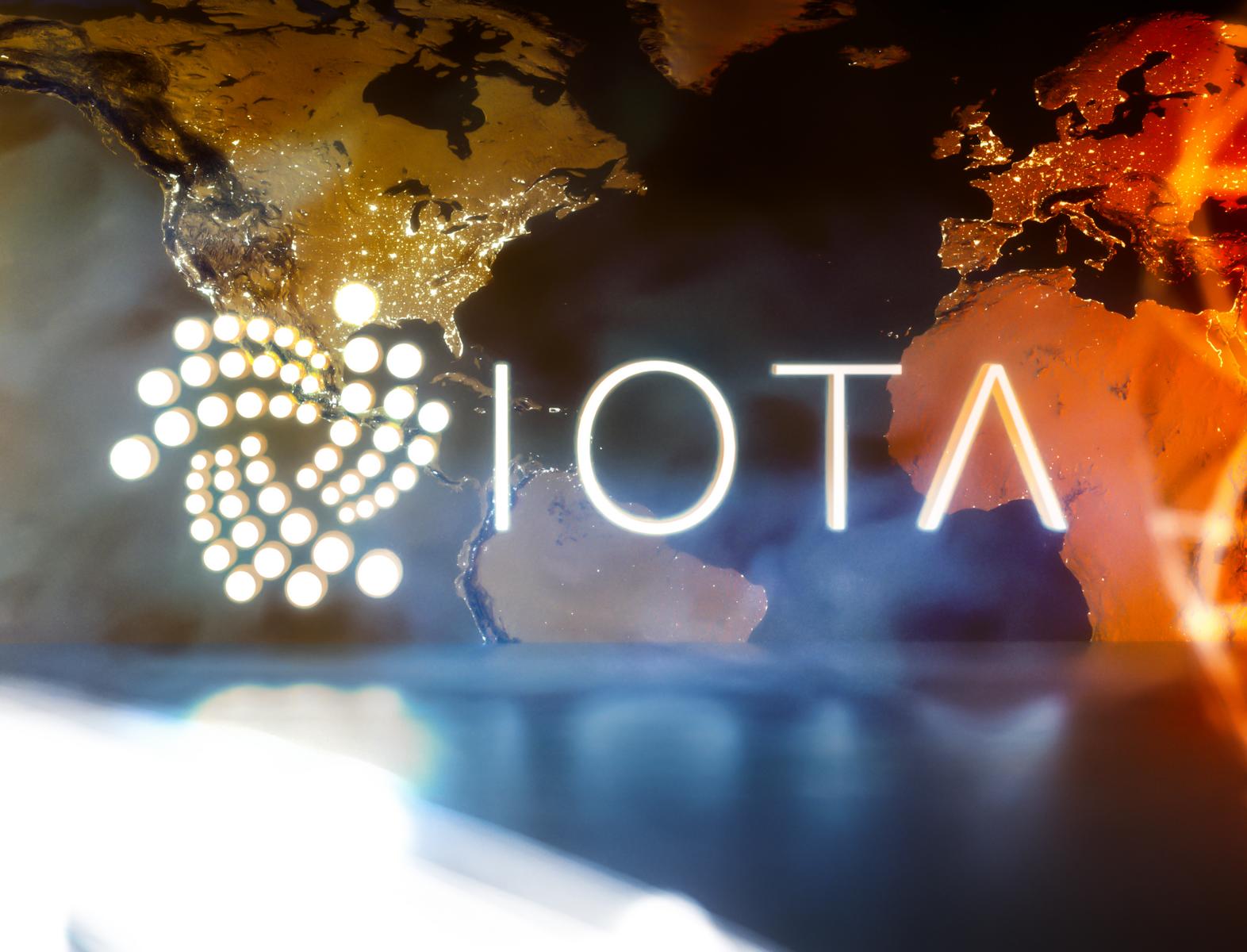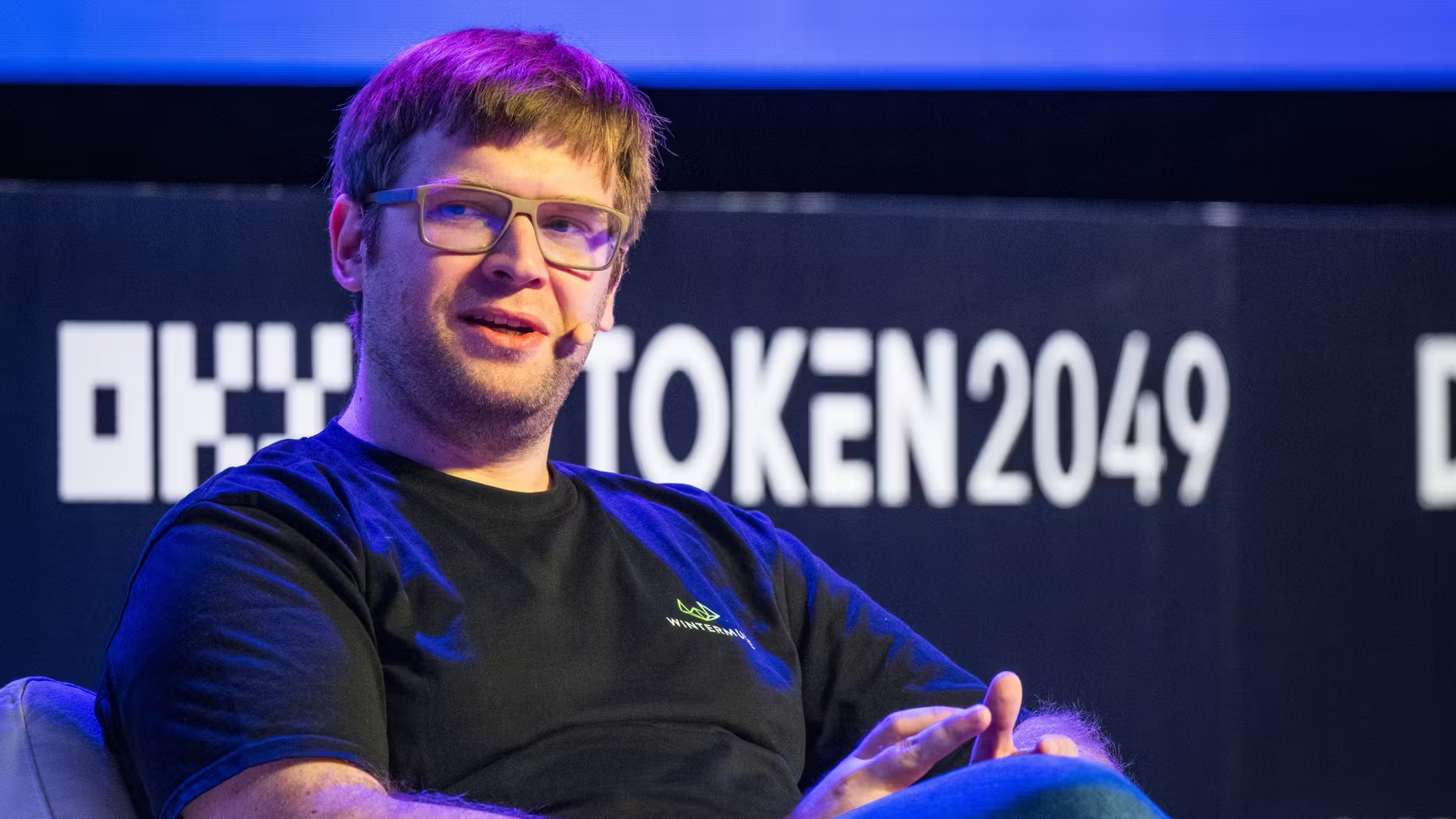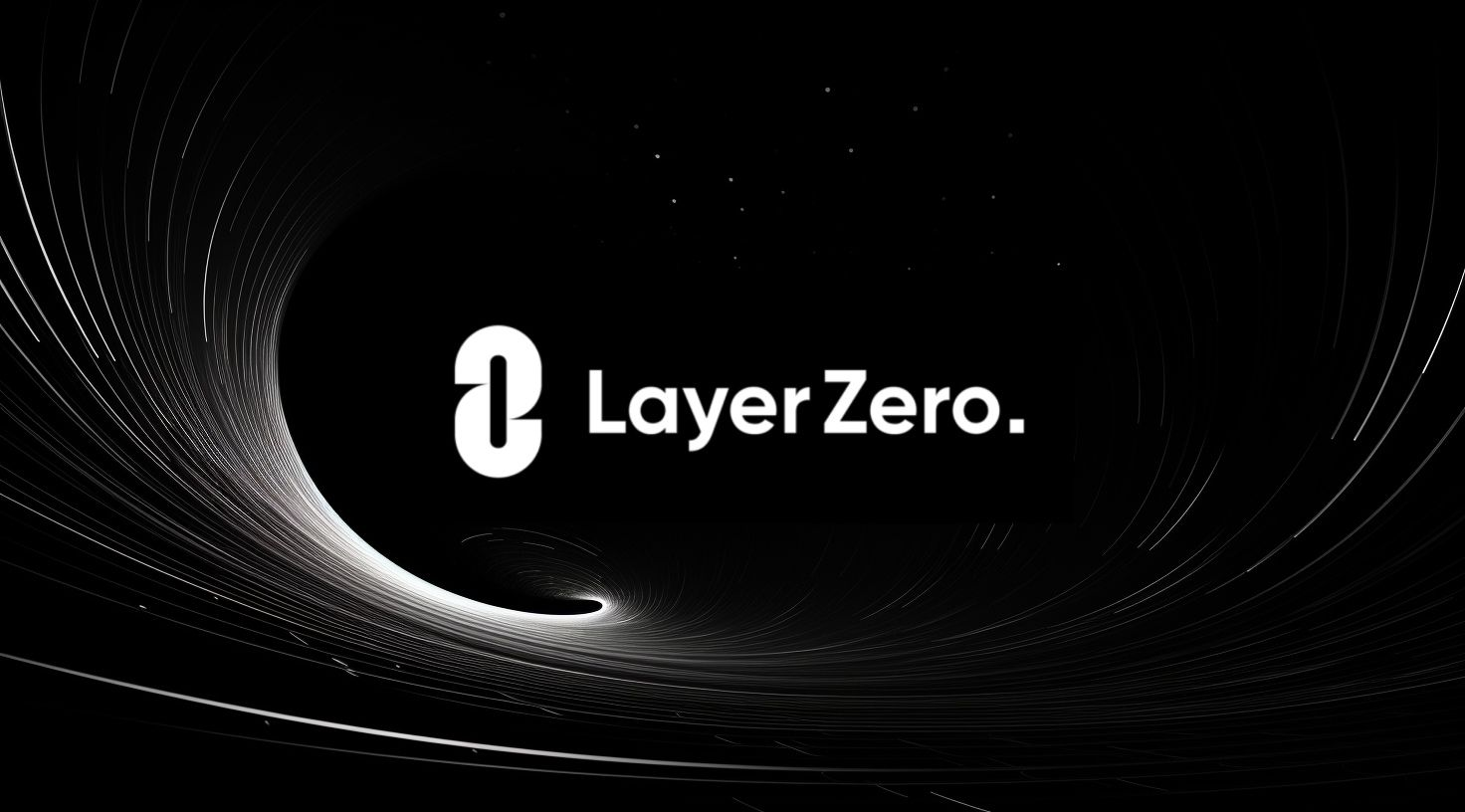IOTA developers receive new tools thanks to the integration of the EVM-Testnet in Move-L1

- The EVM test network is connected to Move L1, and no code changes are not required.
- The Mainet will soon switch to the Stardust framework. But investors only need to set up their wallets accordingly-no token transfer is required.
IOTA has launched a new EVM test network connected to the Move-based Layer 1 (L1) Rebased test network. This brings the network closer to the mainnet upgrade and the cross-platform compatibility. It also prepares the ecosystem for the transition from the Stardust framework on May 5.
The IOTA Foundation would like to make the use of decentralized applications, the commitment of developers and the transitions between token owners more smoothly.
Developers receive integrated toolkits
As posted on X, gab IOTA knownthat the new EVM test network is live and connected to the Rebased L1 test network. According to IOTA, this means that you can migrate your applications and data without changing your existing EVM code. The old test network will remain available for two months to facilitate the transition.
Heads up Builders!
We’ve launched a new IOTA EVM Testnet that connects to the Move-based IOTA L1 Rebased testnet.
This shift means ISC now talks to Move objects—marking a big step in our new architecture.
What this means for youpic.twitter.com/SHEAWpb7rD
— IOTA (@iota) April 24, 2025
The new toolkit encompasses An updated Explorer, a JSON RPC ending point and a WSS endpoint. The chain ID is 1076. These are now live and can be tested and provided. No changes are required for applications that are based on EVM, so that everything should work as before. The developers are asked to report all problems that occur during the changeover.
The underlying change also enables Iota Smart Contracts (ISC) to interact with Move-based objects on L1. This is a technical milestone in the direction of interoperability and scalability. The Foundation’s approach eliminates transaction fees and uses the DAG-based tangle to enable parallel processing, which is crucial for IoT application cases.
Newly designed Mainnet upgrade is to be implemented on May 5th
As the C NF has already reported, the Rebased Mainset will start on May 5, 2025. This will be the end of the Stardust framework and the beginning of the new IOTA network. A Genesis ceremony will lead the upgrade with 12 validators that will carry out the Ledger snapshot and the Genesis checkpoint signing in order to create the initial state.
Users do not have to transmit the tokens manually. Instead, the re -initialization of the wallet via the updated interface will enable access to your stocks. The users are recommended to export their wallet audit data, including private keys, mnemonic phrases or Stronghold files in advance.
The Firefly Wallet will retire and a Browser-based expansion wallet will be available on the start day. The IOTA Wallet dashboard will also receive a new design to improve the management of the assets. Most LEDGER devices are supported, with the exception of the Ledger Nano S.
During the upgrade window, deposits and withdrawals of IOTA token are paused. The trade will be active. This ensures that the system is stable while the validers complete the upgrade.
Market trends and expansion of the infrastructure
According to our analysis, the IOTA token is in a falling wedge. Since the rebased upgrade is imminent, the dealers are waiting for an outbreak of $ 0.35. The resistance is tight, and if it does not break through, it will go back to $ 0.20. The Fear & Greed Index is 32, so that investors are careful despite a daily profit of 5.94%.
After Fox-upgrade the EVM compatibility of IOTA will be restored. Users can then interact with the network via Metamask and the new IOTA EVM-Bridge Web app. The validator network with initially 13 participants will grow to 150 in the coming months. The gradual introduction is intended to strengthen decentralization and ensure the delegation of shares.
The IOTA Foundation has also set interactive meetings via Discord and X Spaces to support developers and representatives of interests during the transition. These discussions are intended to enable a smooth introduction to the new architecture.
In a recently published update, we reported on the cooperation of IOTA with institutions in the EU and Great Britain to improve freight management and data exchange. The foundation’s trade and logistics information pipeline (TLIP) remains an important application that illustrates the role of IOTA in real-time data transactions after Brexit.
With the full willingness of the infrastructure, the release of RPC endpoints and APIs will enable fast dapping. Technical documentation and community support tools will accompany these introductions and promote broad developer acceptance.








No Comments